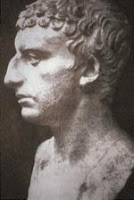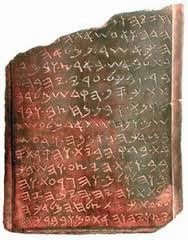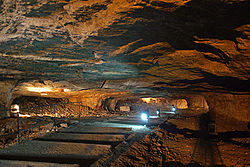
Jericho Journey Yoma 39 Mosaic floor of the sixth century “Shalom al Yisrael” synagogue (Photo credit: jewishjericho.org.il) The smell of the incense would make goats sneeze in Jericho . . . While this is definitely the most amusing connection between Jericho and the Bet HaMikdash, it is hardly the only one. On our page alone we hear about how in Jericho you could hear the sound of the Kohen Gadol saying God’s name in the vidui, you could hear the sound of the door hinges of the heichal and the smell of incense traveled so far that women in Jericho used it instead of perfume! In other place in the Gemara we hear of other connections between Jericho and Jerusalem : Jericho dates were the only dates worthy to be brought for Bikkurim, many priests lived in Jericho and it served as a base for aliya laregel and similar stories. (photo credit: Ferrell Jenkins) Leaving aside the Gemara’s hyperbole (maybe goats have very sensitive noses?), the point here ...













